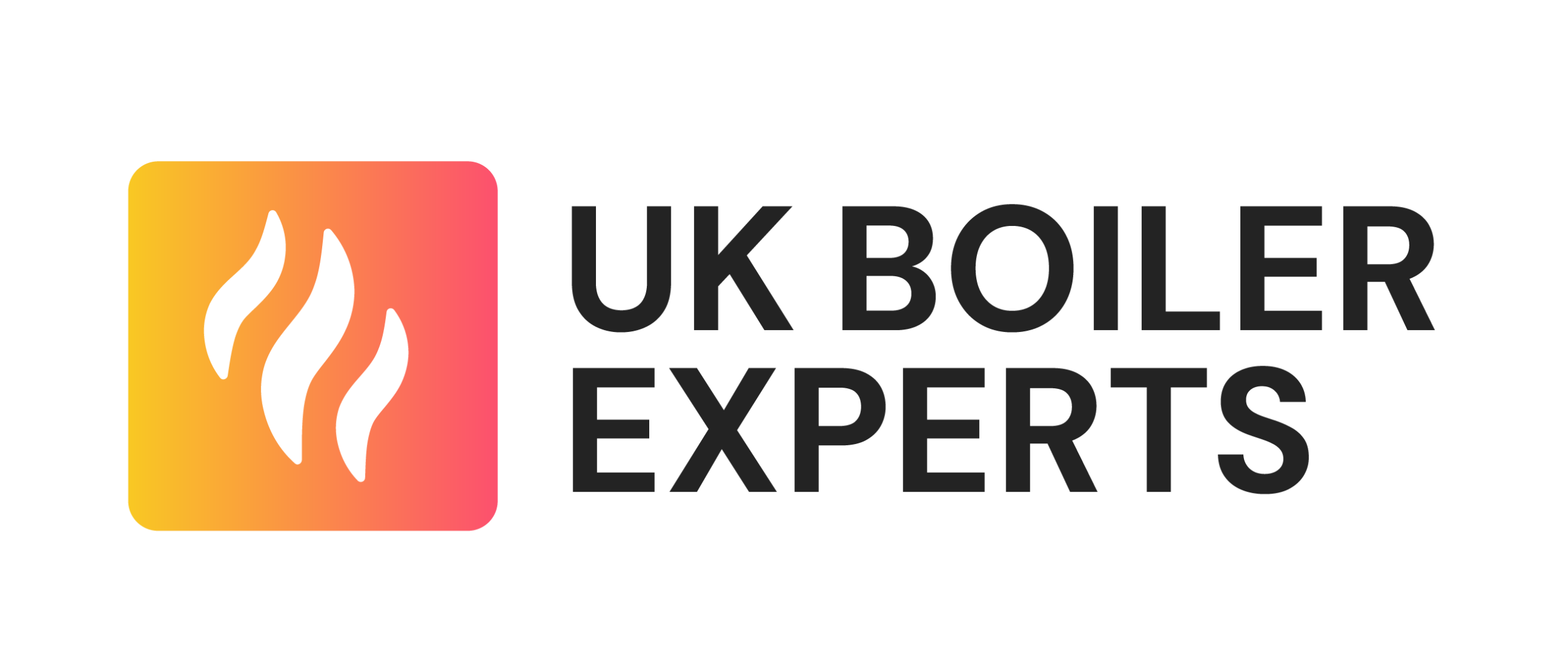Useful Information
OUR COMMITMENT GOES BEYOND JUST HEATING.
Power Supply
Start by checking the fuse or main circuit breaker to ensure power is reaching your boiler—this can often be resolved with a simple reset.
Additionally, test other electrical appliances in your home to confirm that the electricity supply is working. If none of them are functioning, there may be a wider power issue, and you should contact your electricity provider.

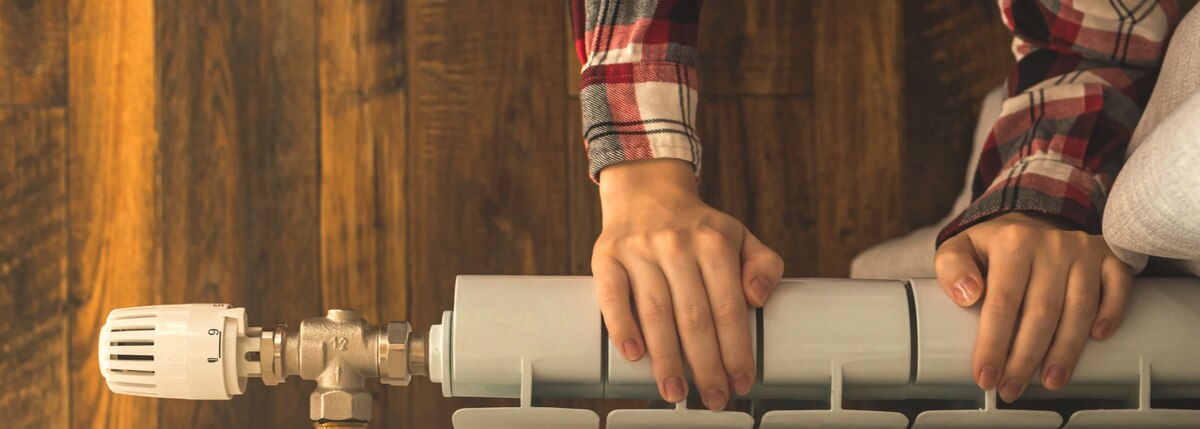
Gas Supply
To get your boiler working, check that the emergency control valve is open—this allows gas to flow.
Also, inspect the gas stopcock and ensure it’s open if needed.
If everything appears to be open but no gas is flowing, there may be an issue with your gas supply, and you should contact your gas provider.
Boiler Controls and Thermostats
Ensure all boiler settings and controls are correctly configured.
If you have a timer, check that it is set accurately and activates at the right time. Issues here could indicate a problem with the timer or power supply.
Also, verify that your thermostat is set to a higher temperature than the current room temperature—otherwise, the boiler won’t switch on.
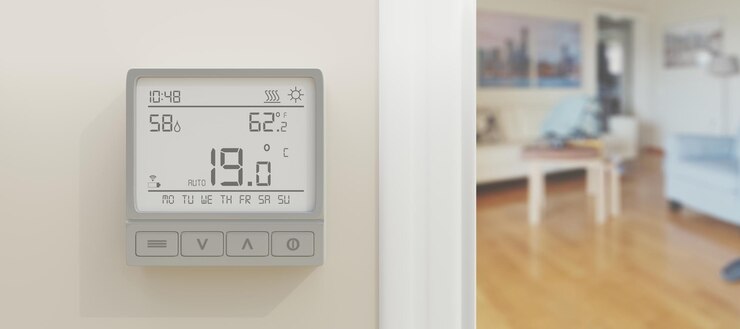
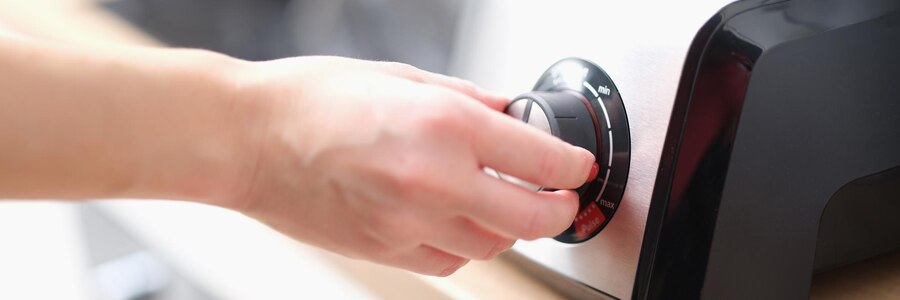
Reset Button
Boiler safety systems can sometimes trip and require a reset. Most boilers have a reset button located on the front panel.
Avoid removing any access panels—refer to your manufacturer’s manual if you’re unsure where the button is.
Once located, press the reset button to restart the boiler.
Pilot Light
For older boilers with a pilot light, check whether it is lit. If not, follow the manufacturer’s instructions to reignite it.
For newer boilers without a pilot light, use the deblocking button to reignite the burner.
If the gas pressure is too low, the boiler won’t restart—even with the deblocking button. Most modern boilers will automatically reignite once the minimum pressure is restored.

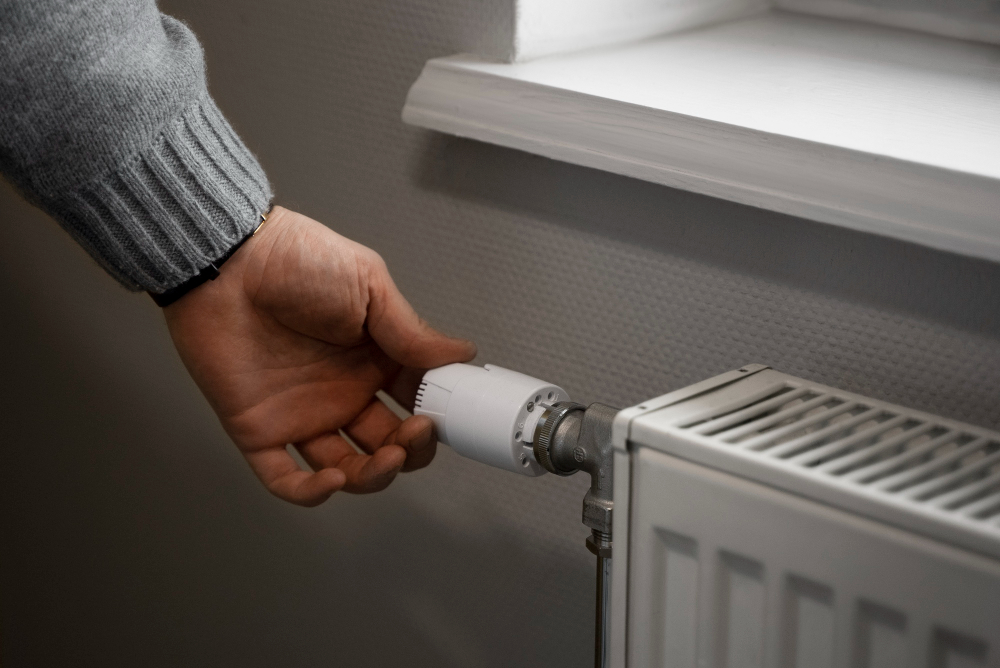
Pressure
Low pressure is a common issue with combi boilers and can prevent proper operation.
Check the pressure gauge—when the boiler is cold, it should read around 1 bar.
If it’s below this, your boiler may not restart for safety reasons.
To restore pressure, use the filling loop to add water to the system. If you’re unsure, it’s best to have a professional assist.
Condensate Pipe
During cold weather, your boiler’s condensate pipe may freeze, causing a blockage and boiler shutdown.
Symptoms include warning lights, error codes, or bubbling/gurgling noises from the boiler or pipe.
If frozen, the pipe will need to be thawed—this is best done by a professional to avoid damage.
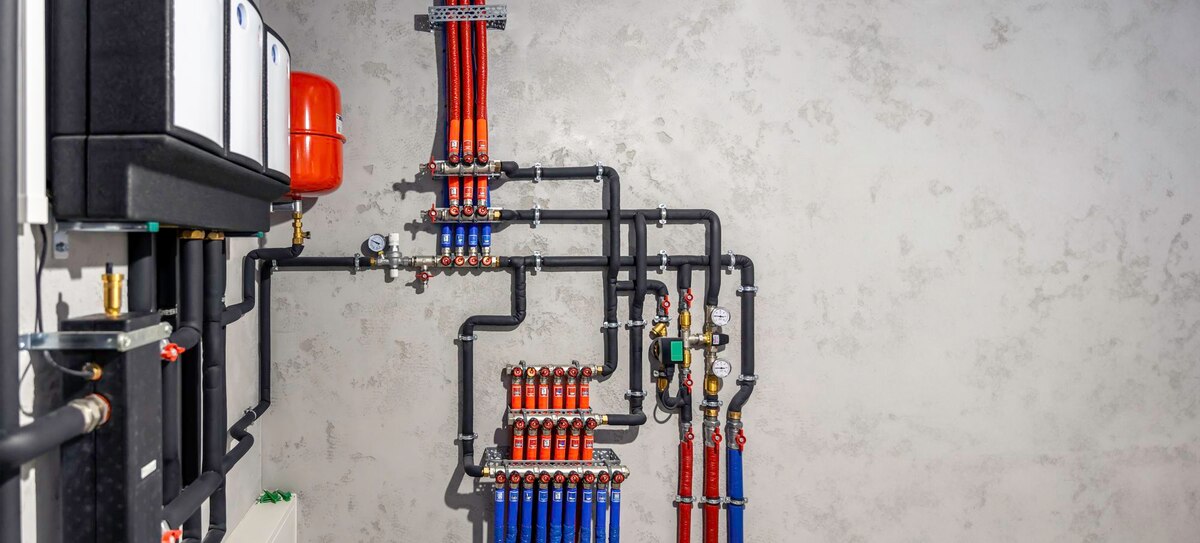
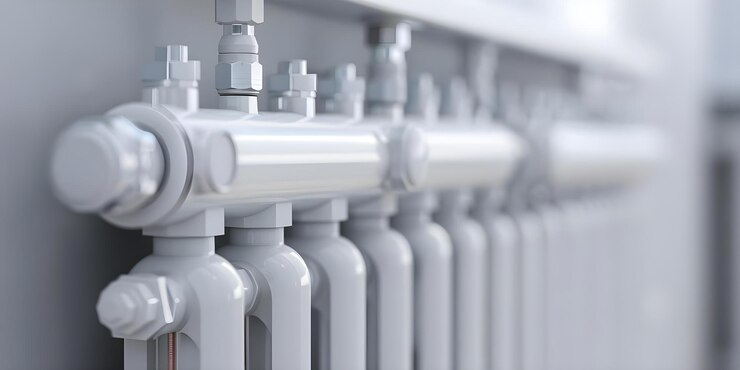
Radiator Valves
If your radiators aren’t heating up, the issue may be with the radiator valves rather than the boiler.
Try adjusting the valves:
Lockshield valves require removing the plastic cap and using the correct tool to adjust.
Thermostatic valves can be turned by hand to change the setting.
If there’s still no change in temperature, the valve may be faulty and will need to be replaced by a professional.
